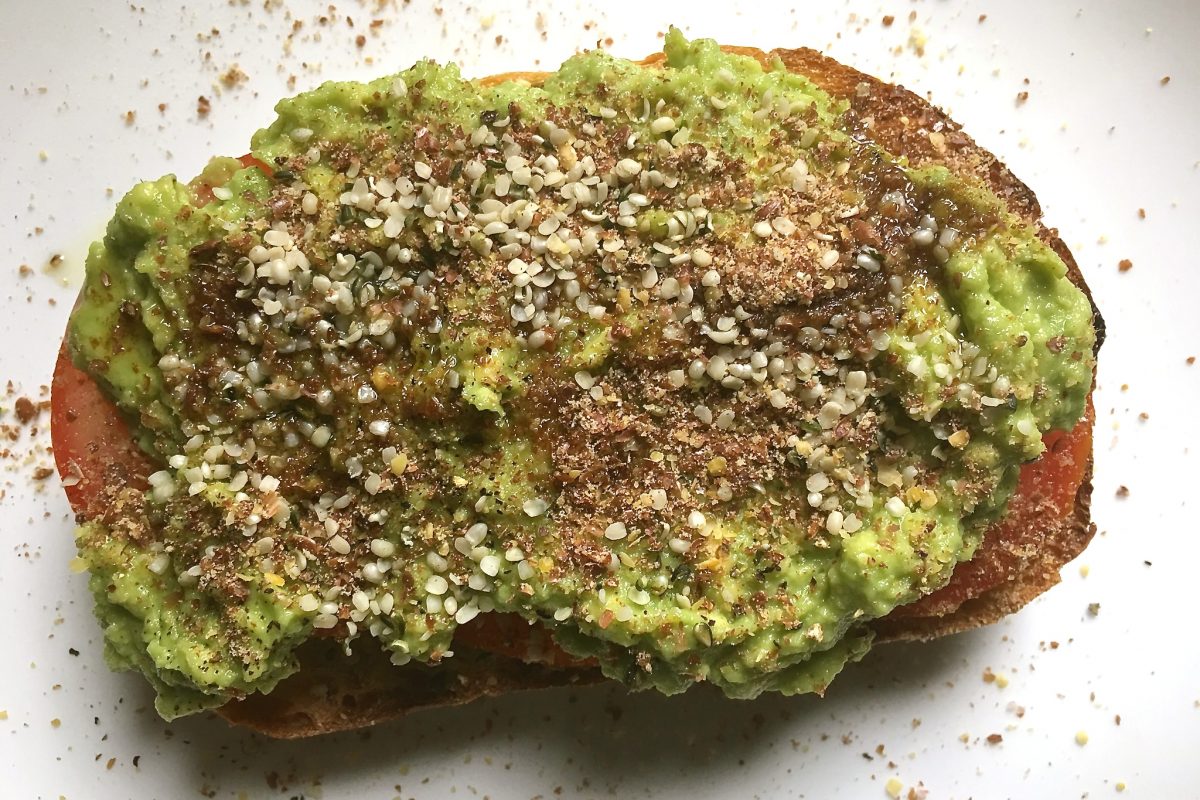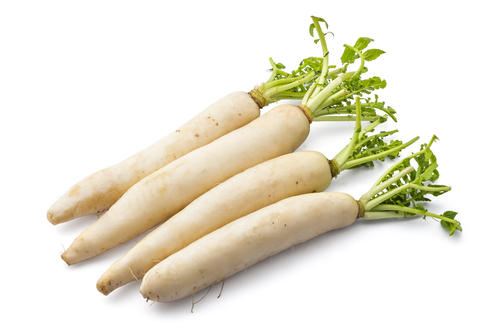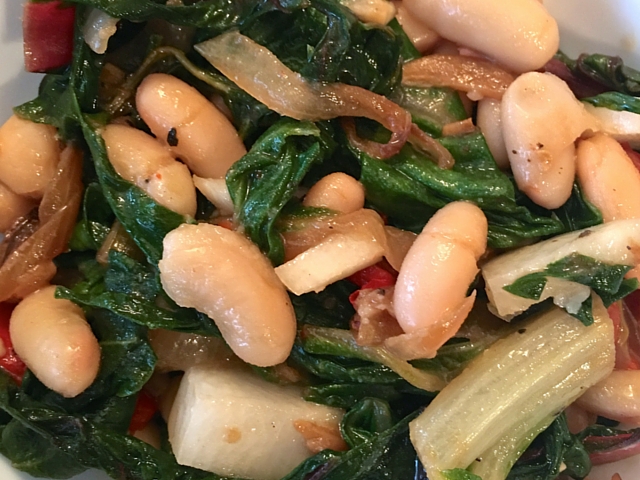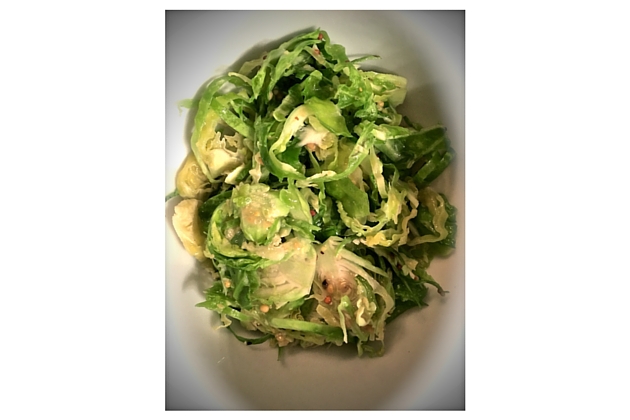Snow White took a bite of the perfect red apple and look where it got her. Right?
Supermarkets go to great lengths to make sure that their produce looks pleasing to the eye. Let’s take that perfect red apple as an example. As apples grow they develop a natural waxy surface making them look dull. This is called the ‘bloom’ and it protects the apple as it grows and helps it to maintain water. But much of this natural wax is lost from tree to table during supermarket production and then replaced with a food grade synthetic wax and polished up to give us that most enticing shiny look. If you buy the dull organic apples then the polishing is left to you.
Supermarkets also go to great lengths to remove misshapened, marked and otherwise ugly fruits and vegetables from their stock because they too lack visual appeal. What’s the result? We have been brain washed in to the belief that the best fruit or vegetable on the stand is the one that is most appealing to the eye. But this line of reasoning is flawed for two reasons. First off discarding all but the pretty produce creates needless waste. Secondly those bumps and bulges may not be a reflection of an unfortunate ancestry. What they may be in fact are battle scars serving as a visual sign of a war fought and won and perhaps an indication of heightened nutritional value.
Plants produce phytoalexins when they come under attack from things like mould, fungus and parasites. They accumulate at the site of the potential invasion protecting themselves from the enemy. And this fight for survival has the potential for increasing the nutrient value of the host.
There have been several studies supporting the anti-cancer benefits of certain phytoalexins. For example, Glyceollins, a phytoalexin isolated from activated soy, demonstrated anti proliferative effects in ER-positive breast cancer and BG-1 ovarian cancer[1]. Resveratrol, a more widely recognized phytoalexin found in common foods such as grapes, blueberries and raspberries has been studied extensively and shows broad spectrum application in cancer care. Resveratrol has been found to inhibit the growth of certain prostate[2] and breast cancers[3].
As mentioned by dismissing “ugly” produce we are creating needless waste. According to the United Nations Environment Program, about 20 to 40 percent of all produce is thrown away due to its strange shape, size, color, and overall unattractive appearance.
Taking aim at this issue is an innovative program in France initiated by Intermarche, its third largest supermarket. It purchases ugly fruits and vegetables that are headed for the garbage and sells them at a discount to its costumers. As well Intermarche has developed their own line of soups and fruit juices made from the ugly ducklings of the produce world. The project has shown great success and it is a valuable concept for decreasing food waste.
So all in all, what is the moral of this story? Well truly it is a simple one; when it comes to filling your basket with produce don’t be fooled by the pretty exterior of your fruits and vegetables. Their beauty may only be skin deep.
[1] http://europepmc.org/articles/PMC2802480
[2] http://online.liebertpub.com/doi/abs/10.1089/109662003772519813
[3] http://www.fasebj.org/content/25/10/3695.abstract








